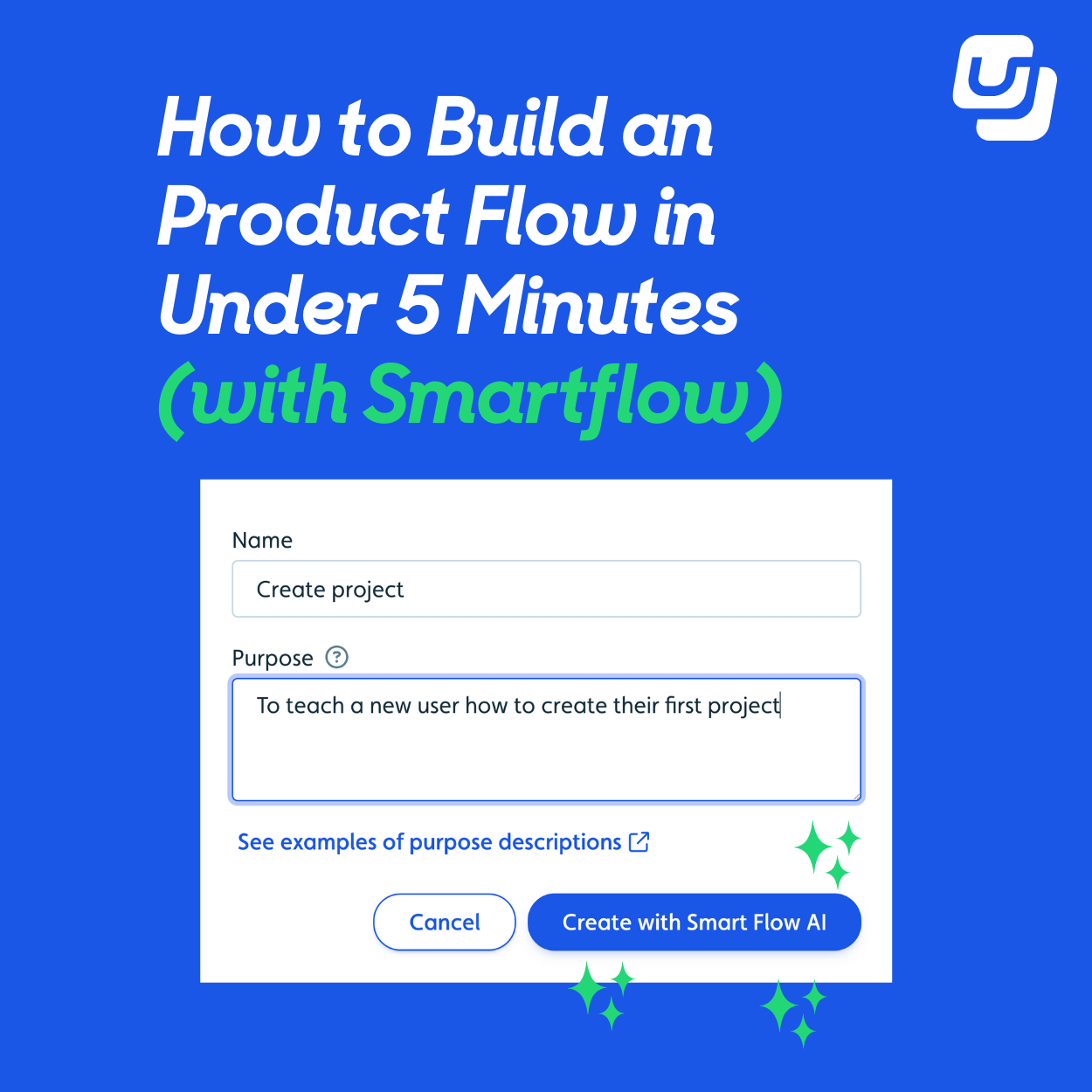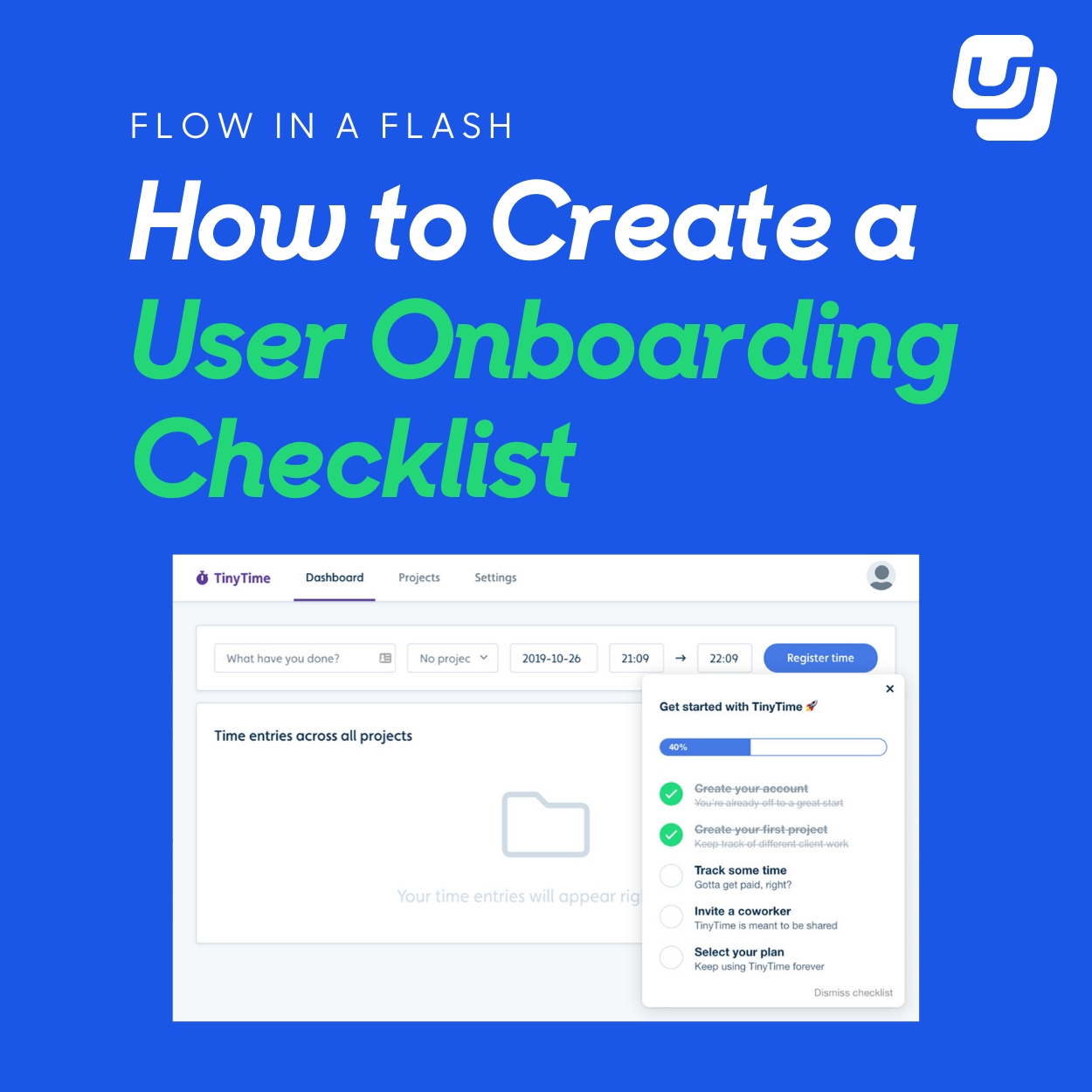If you work in product, you’ve asked this question before: should we build it ourselves? Or should we just buy a software?
It sounds simple. But it never is. Whether you're considering a new onboarding flow, internal dashboard, or enterprise software, the build vs buy decision is one of the biggest your team can face.
On one hand, building software allows you to have a custom software that is tailored to your needs. On the other hand, seeking out a vendor saves you the software development costs. Both sides of the build or buy decision offer an upside.
So let's break it down. Here is everything you need to know about the build or buy dilemma
What Is "Build vs Buy"?
The phrase "build vs buy" is tech-speak for this: do we build a software solution in-house, or buy a third-party tool?
Think about an onboarding experience for new users, an internal dashboard, a survey tool, or a CRM. There's always the option of grabbing a ready-made software tool instead of chasing down your software development team.
Sometimes the answer is clear. But often? It’s not. That’s when it’s time to evaluate the competitive advantage of each approach.
What to Ask Before You Decide to Build or Buy
What problem are we trying to solve?
Not just "what feature do we want," but why are we doing this? What business needs are we addressing?
Is this core functionality or support?
If it’s core, maybe it’s worth building in-house. If it’s not, maybe buying makes more sense.
Do we have the internal resources?
Just having developers isn’t enough. Building software takes time, effort, and deep stakeholder alignment.
What’s the opportunity cost?
What else could your team be working on? Is that more mission critical?
Can we afford the upfront investment?
Building custom software can have high up-front costs. Can you stomach that investment or not?
Do we need to scale quickly?
Is this for enterprise scale or something more limited? Are you just trying to experiment or apply something on a large scale?
How much customization and control do we need?
Do you need a custom software that is fine-tuned to the most granular of your needs? Or can you afford to be a bit more flexible?
Pros and Cons of Building Software
If you're considering building software in-house, you're probably looking to gain more control or create something uniquely tailored to your business. But it's not without trade-offs. Here’s what to weigh:
Pros of Building
- Full control. You own the software, roadmap, and framework.
- Tailored experience. You can customize it to match your exact business needs.
- Competitive advantage. Your internal tool might be what sets your SaaS apart.
Cons of Building
- It’s slow. Developing software, especially enterprise software, takes time.
- High upfront cost. Building in-house often costs more than expected.
- Ongoing maintenance. Scaling, bug fixes, updates—all on you.
- Redundant effort. Many software solutions already exist on the shelf.
Pros and Cons of Buying Software
Buying software can feel like the quicker and safer route. Often, it is. But it's not without limitations. Here are the pros vs cons if you’re leaning toward the buy option.
Pros of Buying
- Faster time-to-value. Get up and running quickly.
- Less maintenance. The vendor handles updates and security.
- Built to scale. Enterprise-ready SaaS tools are designed to scale.
- Predictable costs. Easier to budget for than custom software development.
Cons of Buying
- Less flexibility. Some third-party tools can’t be customized.
- Integration challenges. Needs to fit your existing systems.
- Vendor lock-in. You're tied to their roadmap.
A Framework to Evaluate Your Options
Making the build vs buy decision isn’t just about listing pros and cons—it’s about aligning with your business goals, internal capabilities, and growth plans. Here’s a practical framework to help your product team weigh the right factors and make a clear, confident decision.
1. Define your business needs.
Start by clarifying the core problem you want to solve. Is it about improving user onboarding? Reducing churn? Speeding up workflows? The more specific you are, the easier it becomes to evaluate whether a custom build or a third-party tool fits.
2. Prioritize functionality.
Use the MoSCoW method: Must-haves, Should-haves, Could-haves, and Won’t-haves. This helps you understand which features are essential and whether they can be found in existing software or require building in-house.
3. Evaluate internal capabilities.
Consider your current team: Do you have developers available? Do they have the skills—and the time—to build and maintain the solution? Will it distract from your core roadmap? Be honest about capacity.
4. Consider the timeline.
If time-to-value is critical, buying might make more sense. If you have months to spare and building is strategic to your product, building might be worth it. But make sure the time spent won’t block other business priorities.
5. Think long-term.
What happens six months or a year from now? Think about scalability, long-term maintenance, customization needs, and the cost of switching. Buying might be faster now, but if the software can’t scale with your users or integrate with your stack, it could slow you down later.** Look at scalability, customization, and maintenance.
A Real Example of Build or Buy: User Onboarding
Let’s say you want to build your own onboarding experience.
You’ll need designers, developers to code software, QA to test, and PMs to scope it out. That’s a big investment for building software. Just for wanting to build user onboarding, you might be looking at months of development.
And every time marketing wants to tweak the flow? That’s a ticket. Another sprint. That adds to your opportunity cost.
Or, you could use a no-code SaaS like Userflow. It’s customizable, scalable, and fits right into your existing produc. Plus changes can be easily made, no developers required.
That’s less cost, less stress, and more flexibility to iterate fast. Not to mention how you'd be able to launch your first onboarding within days, even minutes.
Additional Considerations on Buying or Building Software
In addition to the hard costs, here are some other things that you should consider about the pros and cons of build vs buy.
Product Velocity
The build vs buy decision doesn’t just affect budget. It affects speed, which affects your competitive advantage as a company.
The faster your team can test, ship, and improve, the better your product performs.
When you're busy developing software that isn't core to your value prop, you slow everything down. Buying the right software solution from a vendor helps teams scale without sacrificing momentum.
"But What If We Outgrow the Tool?"
This is a common concern. What if the SaaS tool doesn’t scale with your growing enterprise?
The truth? If the tool helps you move faster now, it's doing its job. If it's not supporting you at a certain point, you've got to switch.
And one day you may decide building in-house makes more sense. At least then you’ll have real data to justify that investment.
Technical Debt
Custom software comes with baggage. Every line of code becomes something you need to support, refactor, and migrate later.
When you buy, you skip that. The vendor owns the maintenance. You get to focus on your core product.
And if you're investing in a flexible tool, you’ll be able to customize without touching code.
Buy When It’s Context, Build When It’s Core
Our advice? Build when it sets you apart. Buy when it doesn’t.
Not every software solution your team uses needs to be built from scratch. In fact, most don't. If the tool isn’t directly tied to your unique value proposition—your "core"—then the opportunity cost of building it internally is too high. Instead of innovating where it matters, your team ends up maintaining something that could have been solved faster, cheaper, and better with a third-party vendor.
Custom software makes sense when it gives you something no off-the-shelf software can do. It’s the right move when the functionality is so tailored to your business needs that no existing product could handle it. That might be a proprietary analytics engine, a machine-learning model, or a product experience that’s completely unique to your space.
But for more common use cases like onboarding, admin tools, surveys, or internal dashboards? Buying saves time, resources, and sanity. These are areas where SaaS tools are mature and well-integrated.
The Final Verdict on Build Or Buy
The build vs buy decision should be all about efficiency. Your time, budget, and team energy are limited. Spend them where they matter most.
So here's the bottomline: Buy when it gets you moving. Build when it makes you better. If the functionality you want isn't your secret sauce, don't build it. Buy instead.
And if you're looking to add onboarding to your product, we recommend Userflow. With us, you skip the code, launch in hours, and get onboarding that’s beautiful, smart, and easy to maintain. No dev bottlenecks. No tech debt. Just results.
Want to see how fast great onboarding can be? Book a demo today.
CONTENTS













%20(2).png)









